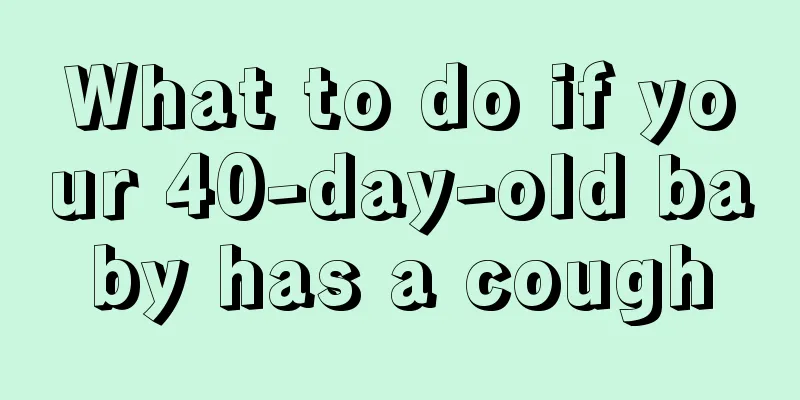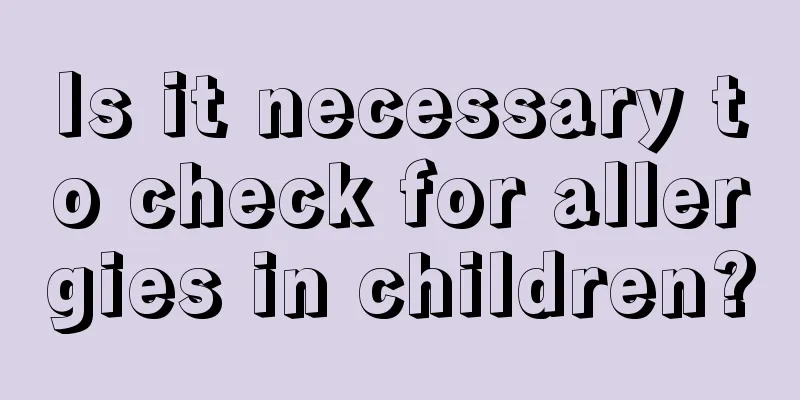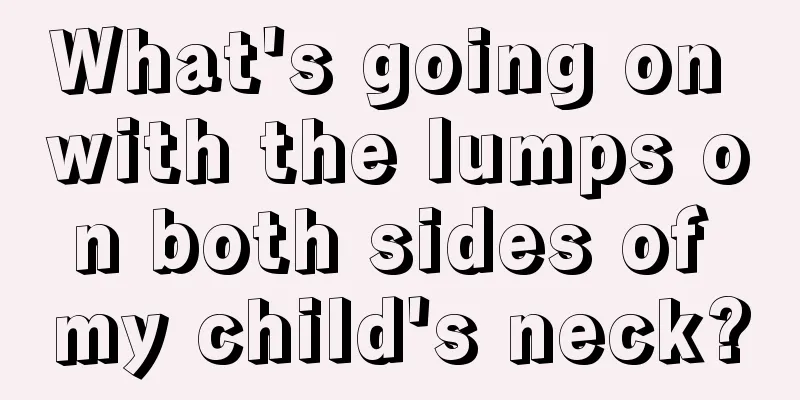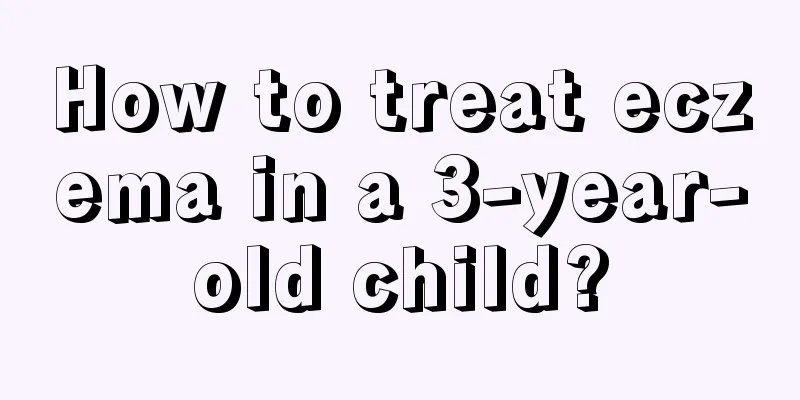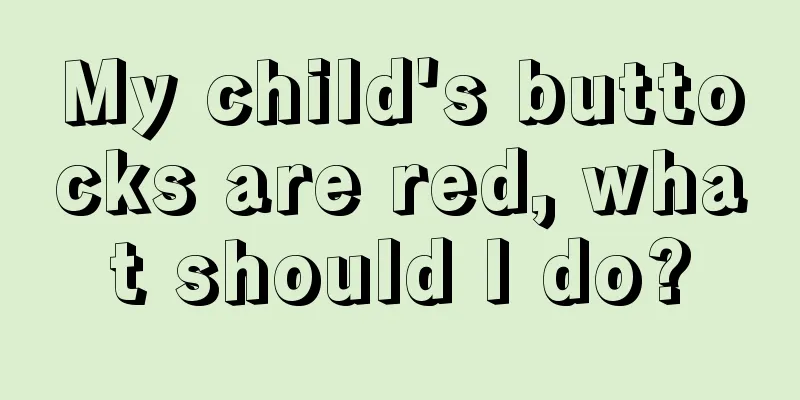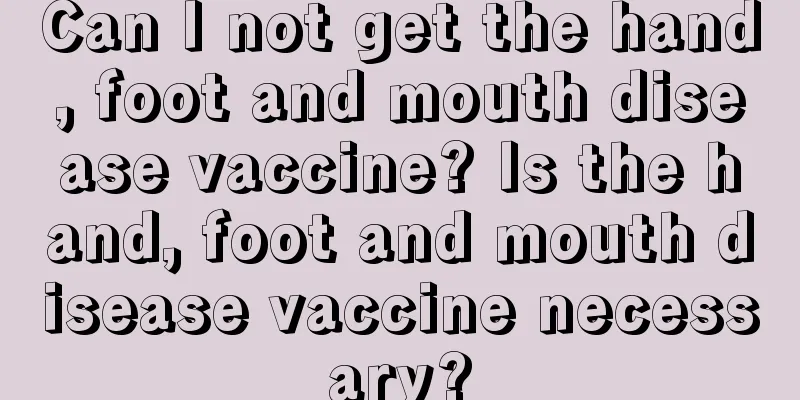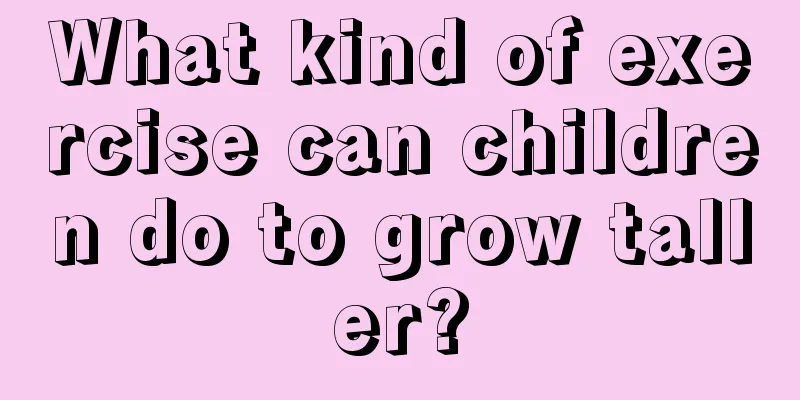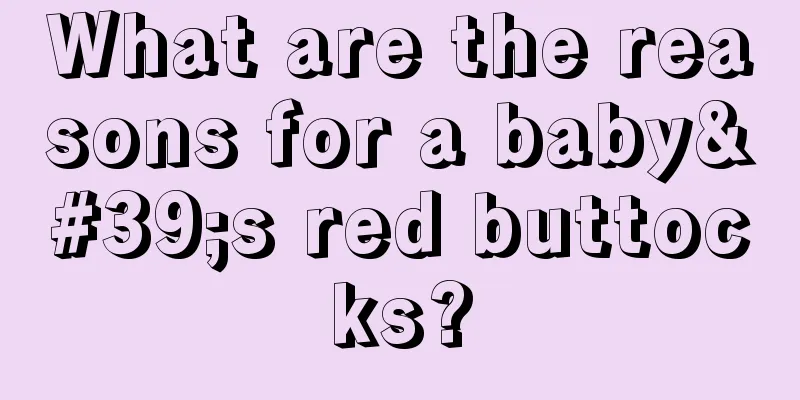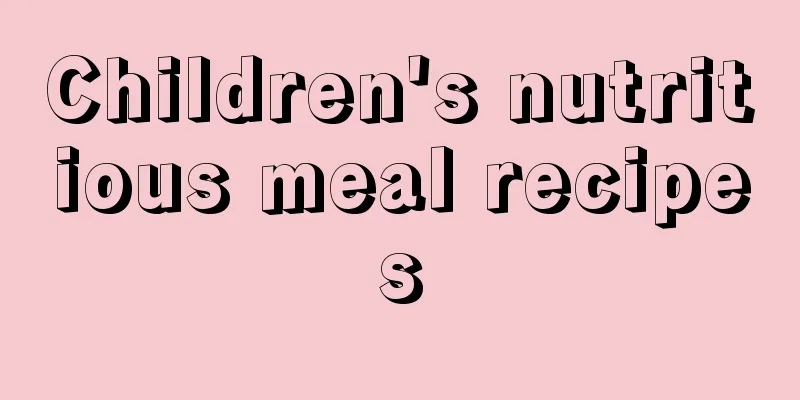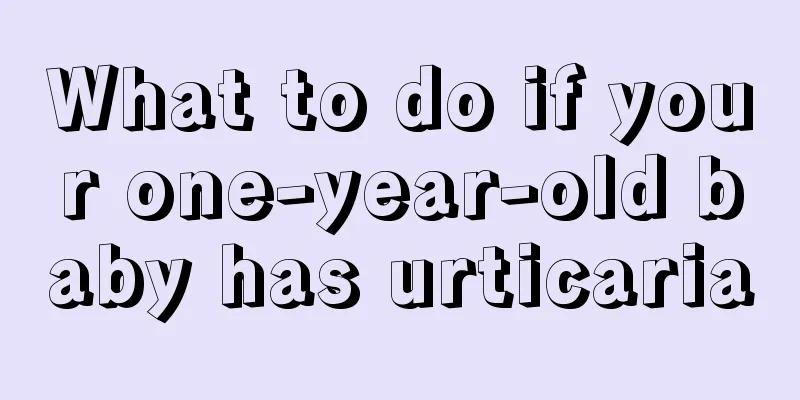What to do if your child has a fever and convulsions

|
When a child has a fever or convulsion, parents are caught off guard. Once parents encounter a child with a fever or convulsion, they don’t know what to do. So what should we do if a child has a fever and convulsions? Next, this article will introduce you to what to do if your child has a fever and convulsions. Friends who want to know what to do if your child has a fever and convulsions can take a look! Please see the detailed introduction below. The child's body suddenly stiffens, his eyes roll back, and he keeps shaking. He does not respond when called or shaken. This is a convulsion. If the mother encounters this situation for the first time, she will often be frightened and run out to find a doctor in a panic with the child in her arms. Many diseases can cause convulsions, most commonly febrile convulsions in infants and young children. A febrile convulsion occurs when the baby has a high fever and convulsions, which is common in babies aged 2 to 3 years old. The longest duration is within 20 minutes. After calming down, the baby immediately regains consciousness and the body returns to normal. When the body temperature suddenly rises during an illness, adults will feel cold, but babies will show symptoms of convulsions. What should I do if my child has a fever and convulsions? 1. Smooth breathing Immediately help the baby lie on his stomach sideways, with his head tilted slightly back and his chin slightly protruding forward, without a pillow. Or remove the pillow and let your baby lie on his back with his head tilted to one side. Unbutton your collar, wrap a tongue depressor or chopsticks with soft cloth or handkerchief and place it between the upper and lower molars to prevent biting your tongue. Clear secretions from the baby's mouth and nose promptly to keep the respiratory tract open. Never give your baby medicine during a seizure, otherwise there is a risk of aspiration pneumonia. 2. Control convulsions Use your fingers to pinch and press the baby's Ren Zhong, Hegu, Neiguan and other acupoints for two or three minutes, and keep the surrounding environment quiet, move the baby as little as possible to reduce unnecessary stimulation. 3. Cool down Place cold towels on the baby's forehead, palms, and thighs, and change them frequently; keep the temperature of the towel not too high, or use a hot water bottle filled with cool or ice water, wrap it with a towel and place it on the baby's head, neck, and thighs. Parents whose children suffer from febrile convulsions often feel guilty, believing that their failure to reduce their baby's fever in time caused the convulsion. In fact, although febrile convulsions are related to fever, it is generally advocated clinically to use antipyretics and other measures to lower children's body temperature when the body temperature exceeds 38.5℃. However, there is currently no evidence to support that these antipyretic measures will reduce the recurrence of febrile convulsions. The purpose of using antipyretics is more to relieve the feeling of discomfort. It can also slow down the child's metabolism by lowering the body temperature, thereby avoiding convulsions caused by dehydration. In general, it is not necessary to take anticonvulsant drugs to prevent febrile seizures. Only for a small number of children with a higher risk of recurrence, preventive treatment can be carried out under the guidance of a specialist when they have a fever again. Proper care for your baby after he or she has a fever is an essential way to prevent convulsions! The above is an introduction on what to do if a child has a fever and convulsions. I believe that after reading the above introduction, you will have a very good understanding of the relevant treatment measures for children with fever and convulsions. It is very necessary for parents to learn this knowledge! Fever convulsions in children are a relatively common phenomenon, so parents should not worry too much. |
<<: What to do if a child has a fever and convulsions
>>: What is the cause of baldness on the back of the newborn?
Recommend
What to do if your child has a picky eater
Children nowadays live a very happy life. They no...
Symptoms of lung heat in children
The cause of children's lung heat is closely ...
What are the benefits of cod liver oil for infants and young children?
During the period of rapid growth and development...
At what age do children usually start to lose their teeth?
A child's every move is what parents care abo...
What to do if your baby has a fever and high blood test results
Fever is a very common symptom in babies. It is m...
Pink on baby diapers
Careful parents usually pay more attention to the...
What to do if your two-year-old baby has leg pain
Parents are very worried when they see their chil...
What causes the child's upper lip to swell suddenly?
In life, the most feared thing is some sudden ill...
Why do babies fart but not poop?
Many times babies will have many problems with th...
What are the adverse reactions to hand, foot and mouth disease vaccination?
In the past few years, large-scale outbreaks of h...
What can’t babies eat when they have measles? Don't eat randomly anymore.
Parents, please take note: if your baby has measl...
What causes yellow nasal discharge in babies?
For some babies with poor physical constitution, ...
Symptoms of neonatal vascular disease
Neonatal hemangiomas are very common. There are m...
Why does a three-year-old baby have white hair?
Children are the flowers of the motherland. Paren...
What causes fever on the back of the child's head?
Children have poor resistance when they are young...
